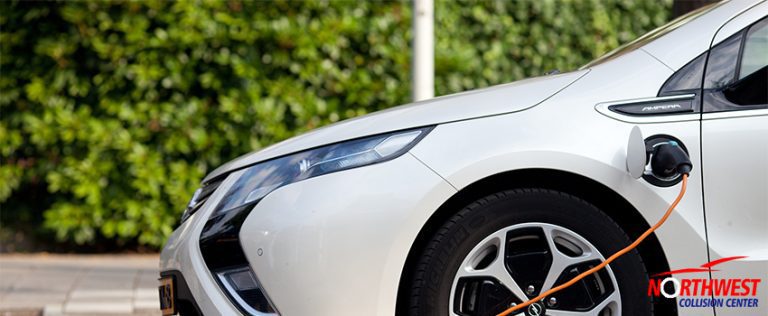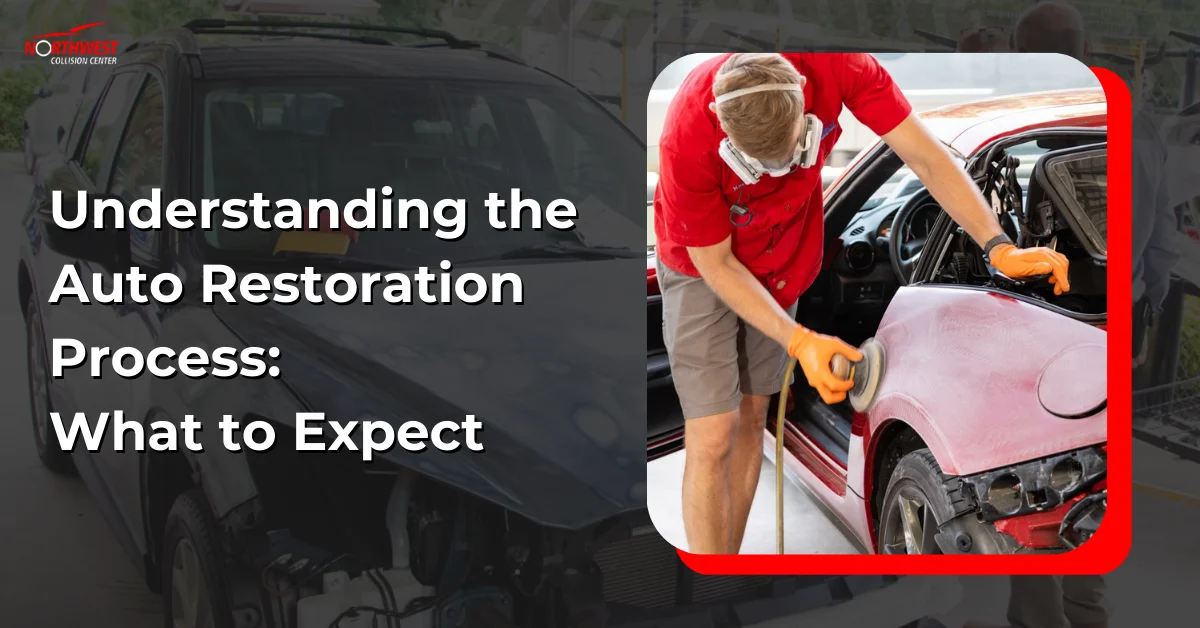Electric vehicles play an important role in taking care of the environment because they reduce gas emissions that contribute to pollution and climate change. Because of their positive effect on the environment, car manufacturers started considering adding EVs to their fleet. In order to know if electric vehicles can benefit both the environment and the consumers effectively, an electric vehicle sustainability assessment is conducted.
What is an Electric Vehicle Suitability Assessment?
Electric vehicle sustainability assessment (EVSA) is usually conducted by manufacturers to provide information such as electric vehicle models available in the current market, EV performance, the viability of switching to EVs, charging infrastructures required, and benefits to the environment.
This set of information is used as a tool to help manufacturers know what is required of them when they decide to switch to electric vehicles. EVSA provides the data needed by manufacturers to produce EVs that fit their budget and time frame.
Benefits of Electric Vehicle Sustainability Assessment
The main purpose of EVSA is to make it easy for manufacturers and consumers to know if EVs are the most sustainable cars. This assessment is based on specific factors such as retail price, EV model, battery range, availability, maintenance, and charging speed. After knowing all of this information, you will be able to decide whether switching to electric vehicles will be good for you.
It can also be used to measure and analyze the following:
1. Driving Range Requirements
Before deciding whether an electric vehicle model passes the electric vehicle sustainability assessment, it is important to analyze its maximum driving distance compared to the real-life range of an EV.
One of the reasons why some manufacturers have not switched to electric vehicles yet is the driving range requirements of EVs. EVSA is needed to make sure that the selected electric vehicle can perform the required distance on a single charge.
2. Financial Impact
After making sure the EV is really capable of driving the required distance, the analysis of its financial impact will be conducted. It is important to know if owning an electric vehicle will help the manufacturers and consumers save money over gasoline. The financial analysis of EVSA calculates the cost of replacing gas-operated vehicles with EVs. The factors considered for this analysis are the cost for vehicle acquisition, maintenance, and fuel vs. electricity.
With EVSA, you will know the most sustainable cars in terms of their impact on the environment or your finances. Initially, electric vehicle acquisition costs more than fuel-operated cars, but the cost savings on fuel will make a difference in the long run.
3. Environmental Impact
The question “Are electric vehicles better for the environment?” may have entered your mind when talking about electric vehicle sustainability. EVs help reduce fuel consumption and carbon footprint caused by gas-powered vehicles. This makes electric vehicles environment-friendly and safer to use. With an electric vehicle sustainability assessment, you can quantify all the fuel cost savings and reduction in tailpipe emissions.
Some manufacturers take a different approach when assessing the sustainability of their EVs. They use EVSA to identify the right number of vehicles to produce for more effective utilization and EV production. This will help them identify whether their fleet will need different models such as pick-up trucks, or if normal-sized vehicles will be more cost-effective.
4. Charging Infrastructure
One of the major considerations when switching to electric vehicles is the type, cost, and availability of the charging infrastructure required to keep the vehicle running. To have the best, uninterrupted experience, there must be available charging infrastructure in places where the EVs are parked. The electric vehicle sustainability assessment will be able to identify the best locations for charging stations, their types, size, and cost of installation.
The electric vehicle sustainability assessment is a simple yet very informative and useful tool to analyze and estimate the range requirements, financial and environmental impacts, and effective charging locations for every model of electric vehicle.
For manufacturers, EVSA provides effective cost analysis and measurement of electric vehicle sustainability. For consumers, EVSA is a way to answer their questions about the impact of electric vehicles on the environment and how switching to EVs can benefit them in the long run.
For all of your EV needs, Northwest Collision Center provides painting, restoration, repair, replacement, and detailing for electric vehicles. Our auto body repair shop St. Petersburg, FL is one of the best repair shops in the area, and we are determined to provide quality service to make sure that your electric vehicle receives the immediate care and effective maintenance it needs. To know more about our services, visit our website and contact us now!










